Candidates who have cleared the day screening test are thus forward formed in to groups of 8 to 10, generally one SSB interview batch consist of 5-6 groups each group having 8 to 10 candidates. Psychological Tests are conducted to check the response of the candidates on the usual conditions which they face on day-to-day life. It helps in recognizing the candidates various emotional and behavioural reactions on different degrees.
Sections of Psychological Test
1. Thematic Apperception Test (TAT): TAT consists of set of ambiguous pictures that will be shown to the candidate, while looking on these pictures candidates must create a theme like a story which requires a hero and a challenge, how the hero will overcome the crisis and succeed.
In TAT a candidate will be asked to write a story from his own based on the images shown. A candidate shouldn’t just use his memory blocks and start preparing a story, he/she needs to see that every third or fourth line there is different meanings are coming, try interpretation and analyze those meaning as third person because that meaning shows candidate’s state of mind.
2. Word Association Test WAT: To simply put this test observe candidates imagination and evaluate his/her qualities of individual ideas. In this test candidate will be shown a word and he/she is required to form a meaningful sentence using that word. On seeing a word there might be different ideas in candidate’s mind related to that word but he/must must write the first spontaneous reaction in your answer sheet.
3. Situation Reaction Test (SRT): Situation Reaction Test (SRT) is another test at Service Selection Boards in Psychologist series, this is test of candidate’s common sense, he/she will be given some situations that occur in daily life and their answer will help the Psychologist to judge candidate’s mentality.
4. Self-Description Test (SD): SD is the last test in Psychologist test series at Service Selection Boards. It may be the last test but as important as the first one, this test con s the finding of Psychologist about a particular candidate which he makes by the previous tests like TAT, WAT and SRT.
This test gives an idea to the Psychologist regarding how deep the candidate has knowledge about him, weather he knows his Qualities and Shortcomings or not.
In this test the candidate is required to write 5 paragraphs on What his Parents, Teacher/Employer, Classmates/Friends, Candidate’s own opinion about himself and what qualities he would like to develop for the future.
Most Common Mistakes of SSB Interview Psychology Test
Psychology never completely depends on handwriting. But it partially does. A readable handwriting is required during this part of the tests. Candidates must practice for improving handwriting to a level where the reader can grab the idea that the candidate wants to convey.
A trend is in fission that candidates get stick to the experiences of other repeaters and recommended candidates copying their ideas. It may result in the partial disqualification.
Rules matter a lot during SSB schedule. One must stick to them in order to flow in streamline as expected by the SSB selection panel. Some common rules violated by the candidates are writing after officer announces to stop writing, writing on the place in sheet where writing is prohibited.
Generally candidates have a race and competition for the number of WAT and SRT attempted. Don’t get into the blind race of quantity. Whatever you do, do with your best. If you have done 35-45 SRTs and 50-55 WAT in good, proper and required form, then it is sufficient- Dont go for quantity of performance but quality of performance.
Keep your mind clear and open. Major problem with WAT is the candidates miss the sequence of words leading to confusion. The Candidates must focus on word grab the related idea. Paying attention to the screen and beep can avoid the occurrence of this problem. Skipping any word in the sequence is not a problem, but changing sequence due to it can cause a problem.
Common Grammatical Errors:
- Lack of subject-verb agreement: Subjects and verbs must agree in number.
- Examples: The dog barks when it is angry. [singular]
- Dogs barks when they are angry. [plural]
- Using the wrong pronoun:
- Incorrect: Everybody must write their own letter.
- Correct: Everybody must write his or her own letter.
- Incorrect use of apostrophes
- Examples: Its vs. It’s – Its branches were falling. It’s a cold day. They’re vs. Their – They’re ready to leave. They are on their way.
- Missing comma or semi-colon in a compound sentence:
- Correct: She wanted to go, but she didn’t have a car.
- Writing run-on sentences:
- Incorrect: Tom is very cute, he is very popular at school. Correct: Tom is very cute. He is very popular at school.
- Misuse of homophones:
- Examples: Accept vs. Except – Accept means to receive. Except means to take out or leave out. There vs. Their – They wanted to go there. Their mother was not home.
- Using wrong verb tense:
- Examples: For present tense – We walk to the store. For past tense – We walked to the store. For future tense – We will walk to the store
- Using who vs. whom:
- Examples: Who is a subject pronoun. Who is driving the car? Whom is an object pronoun. With whom are you going to the party?
- Using double negatives:
- Incorrect: She doesn’t have no idea of what to do next. Correct: She doesn’t know what to do next.
- Using few vs. less:
- Use “few” or “fewer” for things you count. Use “less” for things you measure. Example: She wore out fewer shoes because she walked less miles.

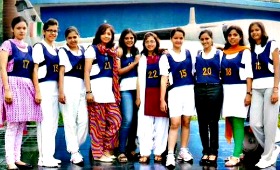

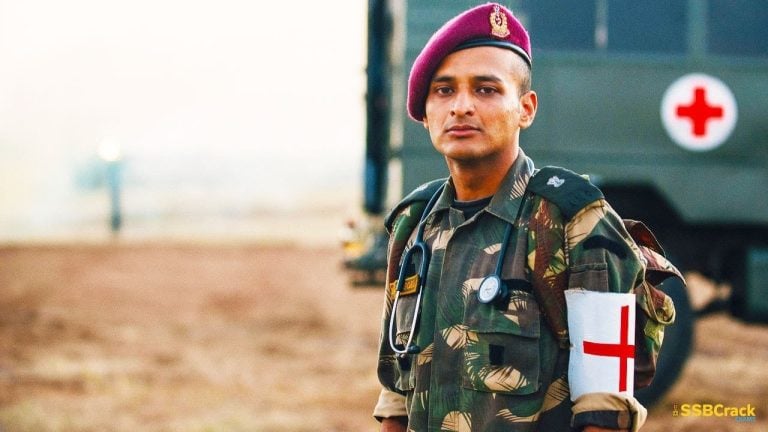
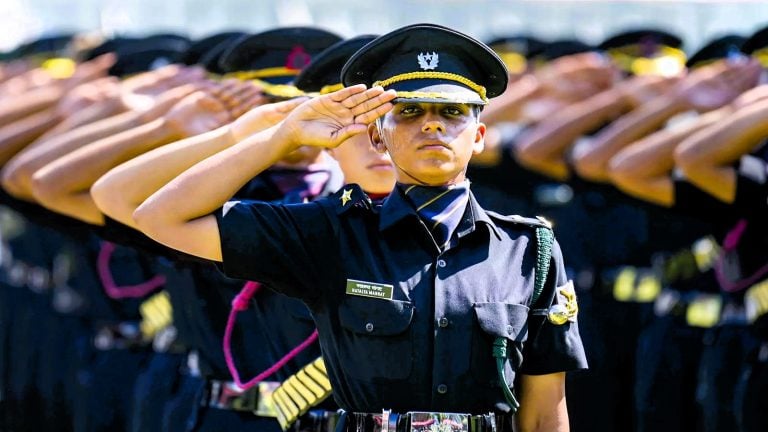
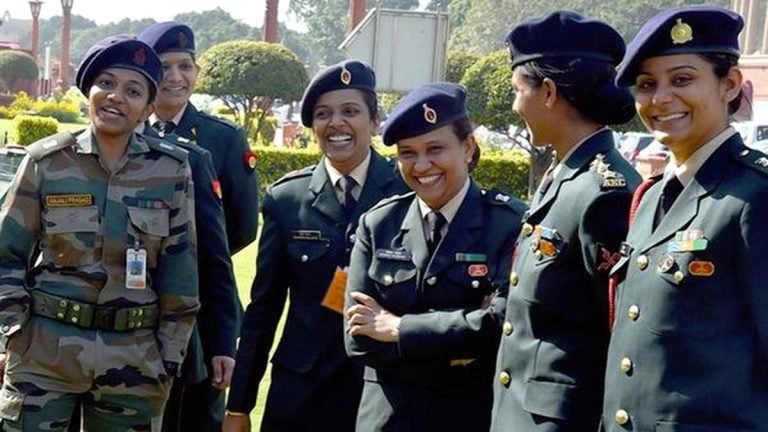


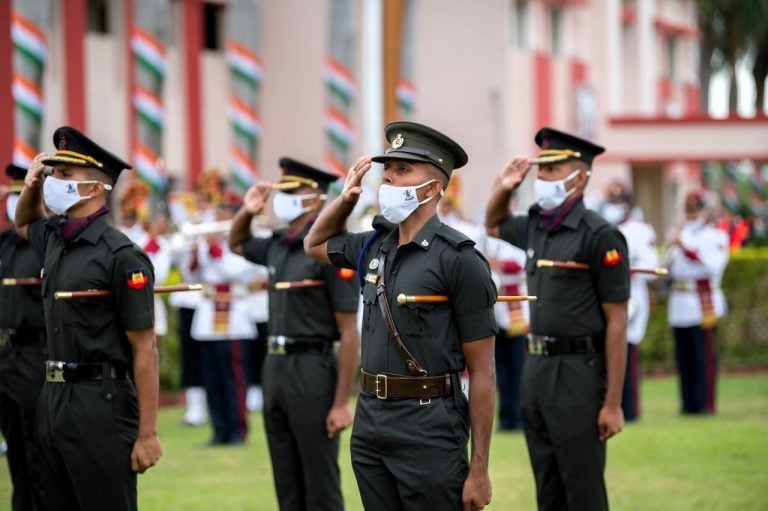



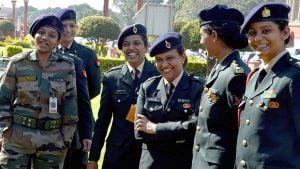





Thanks, their is no obligation on hand writing, otherwise many countriyad’s are prevailing why doctor’s have indistinct writings! 🙂